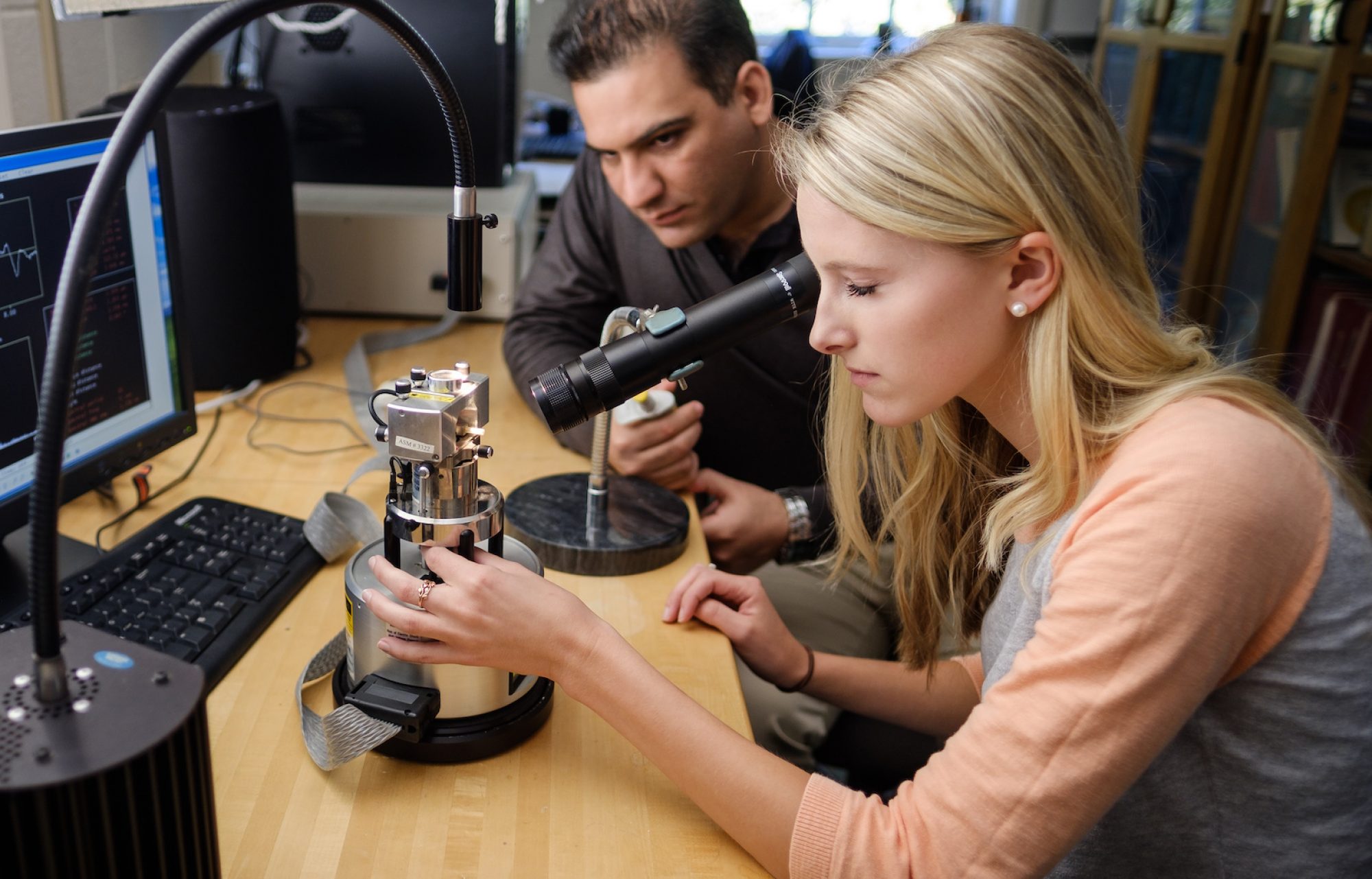WFU Physics Career Advising Event
TITLE: “Opportunities for Undergraduate, Graduate, and Postdoctoral Research at Oak Ridge National Laboratory (ORNL)“
SPEAKER: Zachary D. Hood
School of Chemistry and Biochemistry, Georgia Institute of Technology
Center for Nanophase Materials Sciences, Oak Ridge National Laboratory
and Wake Forest Alum
TIME: Wed. Oct. 18, 2017 at 12:00 – 1:00 PM
PLACE: Olin Lounge (Olin 106)
Pizza will be provided. All interested persons are cordially invited to attend.
ABSTRACT
Are you an undergraduate or graduate student interested in an exciting scientific career? Or are you interested in working with top-flight scientists at a national lab for a summer, semester, or even longer? Or are you a professor looking for new opportunities for your students to explore career choices in the sciences? If you answered yes to any of these questions, then this is the seminar for you. In this lunch seminar, we will discuss the multiple opportunities at the undergraduate, graduate, and postdoctoral levels at Oak Ridge National Laboratory (ORNL). A wide array of educational opportunities are offered at ORNL that prepare individuals for their future scientific careers. In this lunch seminar, we will discuss multiple opportunities at the undergraduate, graduate, and postdoctoral levels at the national lab. We will first discuss internships for undergraduate students, highlighting both short- and long-term educational opportunities. We will then discuss opportunities for graduate students, including short- and long-term internships, collaborations with the User facilities, and postdoctoral fellowships at ORNL. The lunch seminar will conclude with a question and answer session.
